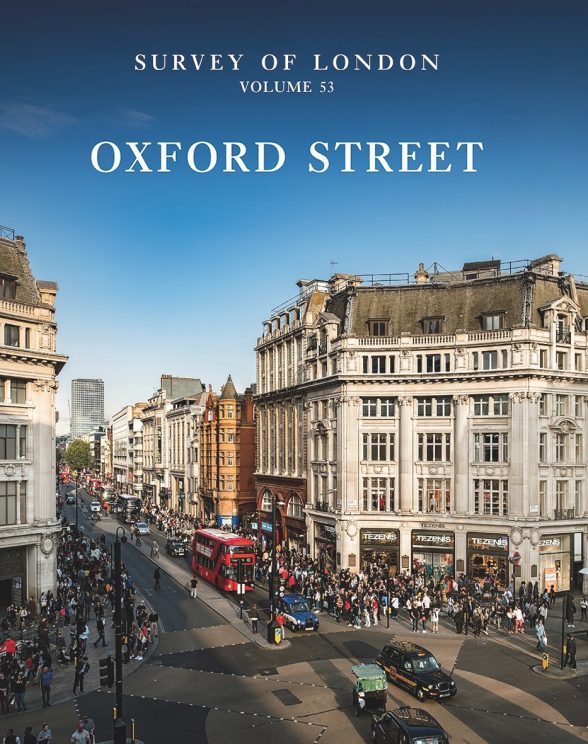This website uses cookies
This website uses cookies to enable it to function properly and to analyse how the website is used. Please click 'Close' to accept and continue using the website.


Books Round Up: London’s Public Space, a new Survey of Oxford Street and more
Reviewed by Catherine Croft

In The Edwardians and their Houses: the New Life of Old England, C20 trustee Brittain-Catlin doesn’t try to supplant the many excellent monographs and broader surveys of Edwardian architecture. Instead he writes as much about the clients as the actual buildings, and looks at the output of less well-known practices. Most of the clients were prominent Liberals, and he explores their ambitions and aesthetic preferences, challenging the idea that WWI marked a major break in architectural thought and practice. He also challenges any complacency one might have about the simplicity or sterility of the architectural scene just ahead of ‘our period’, and perhaps controversially queries the convenient 1914 division of responsibilities between the Victorian Society and C20.
The Survey of London, which has been running for over 125 years, is now based at the Bartlett School of Architecture at UCL. This new volume on Oxford Street is the first of these detailed, illustrated volumes to look at a single street rather than a parish, a sensible decision as otherwise London’s major shopping street would be split in two. It’s a meticulous study based on original documentary evidence and field research, explaining the topographical and architectural evolution of Oxford Street, and the changing patterns of trading. It includes the stories of many substantial C20 department stores and smaller retail buildings, of varying degrees of architectural quality. The Survey is an unequalled project which deserves to be better known; perhaps this will be the book to encourage that.
Architect Patrick Lynch says that On Intricacy: the Work of John Meunier Architect is a ‘visual and written polemic reflecting the hard-won wisdom of a practical life.’ Meunier, born in Nottingham in 1936, is best known as the co-designer, with Barry Gasson, of the Burrell Collection (1983), an A-listed art museum on the outskirts of Glasgow. Also listed is his first significant building, his own 1964 house in Caldicote, built while he was teaching in nearby Cambridge. The architect describes this modest but compelling experimental project, which he still owns, as ‘an English brutalist version of a Frank Lloyd Wright Usonian house’. He would be better known in the UK had he not parted company with Gasson before the Burrell was completed; he became Chair of Architecture at the University of Cincinnati in 1976. He’s had a distinguished academic career, continuing to build and developing an expertise on desert cities. The book includes conversations between Lynch and Meunier and much new photography. As the architect Simon Henley notes in an essay, the current scheme to renovate the Burrell is ‘blind to the ideas of this building’. Despite our best efforts, we were unable to see off a fundamentally misguided approach to a really significant building, but at least it is celebrated and recorded as part of a life’s work in this beautiful publication.
Designing London’s Public Spaces: Post-war and Now is the outcome of an Arts and Humanities Research Council project begun at the RCA, on which C20 Trustee Neal Shasore was a Research Associate. It compares four post-war public spaces with four very recent ones. Many of the questions it raises are pertinent in the context of calls for densification of development. ‘Does emptiness in public spaces have a value?’ cries out for an articulate and convincingly reasoned ‘yes’. Significant changes in how spaces are designed, perceived and used are explored. The post-war examples are the South Bank Centre, the Economist Plaza, the Elephant and Castle Shopping Centre and the British Library forecourt: a selection with mixed degrees of success, survival and protection.
We are still populating our book review section. You will be able to search by book name, author or date of publication.

Become a C20 member today and help save our modern design heritage.